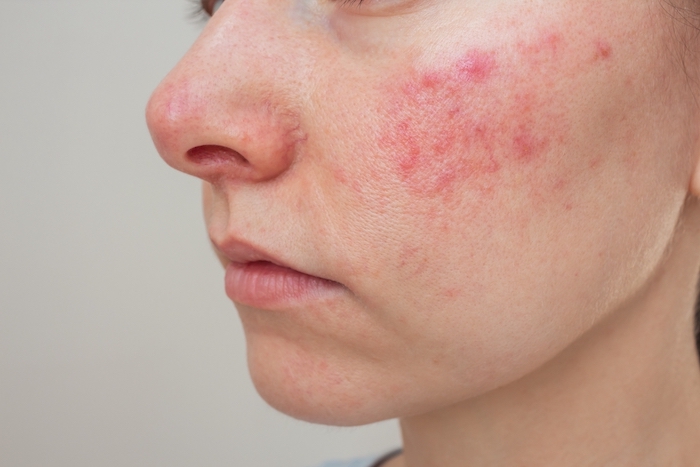Ceramides are naturally occurring lipids that form part of your skin’s protective barrier. They play a vital role in locking in moisture and shielding against external stressors – and when used in skincare products, ceramides can help restore hydration, strengthen the barrier, and soothe sensitivity
What are ceramides?
“Ceramides are lipids (fats) that naturally occur in the skin,” explains Candice Gardner, education manager at Dermalogica with over 30 years’ experience in professional skincare. “They’re a key part of the skin’s barrier, making up about 50% of its composition.”
“They are a key component of the lipid bilayer in cell membranes, where they help to form a protective barrier and retain moisture,” expands Dr Ellie Jolly, skincare expert and director at The Ilkley Skin Clinic in West Yorkshire.
What do ceramides do for skin?
Ceramides help to reinforce the protective barrier of the skin, acting as a waterproof seal along with cholesterol and free fatty acids.

“By reinforcing the barrier, ceramides reduce water loss and protect against environmental stressors, which could otherwise contribute to dryness, sensitivity, or premature ageing,” says Gardner.
Because of this, ceramides can be beneficial for those with eczema and psoriasis.
Where do skincare ceramides come from?
In addition to occurring naturally in the skin, ceramides can also be found in topical products.
“The ceramides used in skincare are typically bio-identical, meaning they are synthesised to mimic those found naturally in skin,” explains Gardner.
Common plant sources of ceramides include wheat, rice, soy and jojoba seeds.
“However, some ceramides are also produced synthetically and are actually created in laboratories,” notes Dr Jolly.
How can ceramides be incorporated into skincare routines?
To decide how ceramides can be incorporated into skincare routines, you first need to help your clients identify which products feature them.
“Ceramides tend to be found in moisturisers and cream-based products, as well as serums and cleansers,” shares Dr Jolly.

“I would explain to clients that it’s usually best to apply them to clean, damp skin, and to use them after lighter products (like serums) but before heavier ones (such as face oils). They can be used in the morning or at night.”
Products containing ceramides can be layered with those containing hydrating ingredients such as hyaluronic acid and niacinamide. Meanwhile, because ceramides work to restore the skin barrier, Gardner highlights that “they’re especially beneficial after exfoliation, retinol use, or anytime skin feels depleted”.
Why are ceramides trending in skincare?
In recent years, ceramides have become a buzzword when it comes to skincare ingredients. Discussing what might have prompted this, Dr Jolly explains that she thinks this is in response to consumers over-exfoliating or using products that are too aggressive for their skin’s needs, which leaves them with damaged, sensitive skin.
“Ceramides are at the centre of the gentler, barrier-focused approach to skincare,” she adds.

Gardner shares a similar view, suggesting that many consumers are experiencing more sensitivity and dehydration, often due to using powerful actives that over-process the skin.
“Ceramides resonate because they directly address these concerns by stabilising and soothing,” she explains. “They’re also backed by science, which helps build trust. Ceramides are trending because they balance skin wellness with visible results.”




